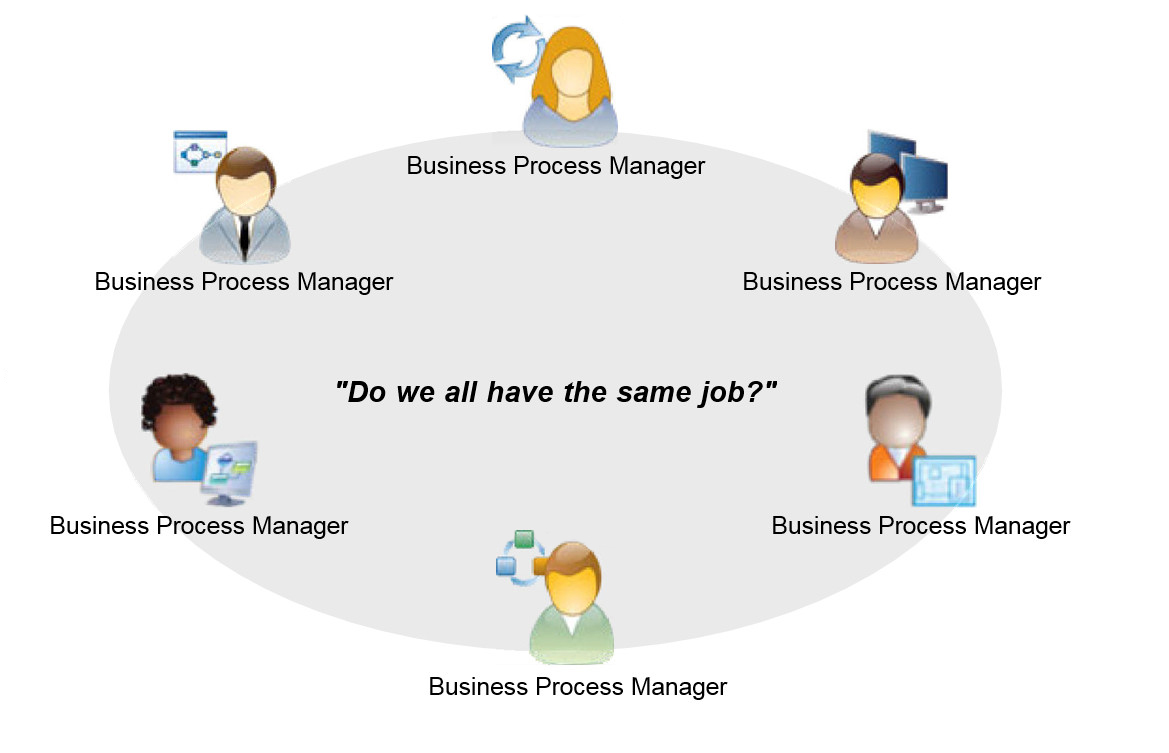Introduction
This adage (from President Reagan) is a reminder that as nascent BPM programs around the world have matured over the last decade, so have the challenges that are encountered and goals sought. Your enterprise no longer needs to prove the value of BPM, but needs to accelerate it. The challenges in doing so are complex and numerous, as are the teams that are chartered to address them. These teams are defined by the new generation of challenges they seek to surmount, the risks they hope to abate, and the promises they hope to fulfill.

As mentioned previously, your first BPM projects, although radically different in the tooling and the methodology for those directly involved in the project, will be chartered, funded, measured, and managed as with any other IT project. The challenges of an initial BPM project are the same kind as traditional IT development. Analysts still participate. Although they might engage the line of business and document processes differently, these radical differences are not visible at higher levels in the enterprise.
Applications are still developed, tested, and deployed. Although these applications are re-envisioned in a “process” context and prioritized from a perspective on business value, this radical change is experienced only by those directly involved with your first BPM projects.
Senior management might be aware that something is radically different in these BPM projects, but this level of the organization is unchanged. Under the penumbra of “project,” there are many differences, but from an elevated point of view, most aspects appear the same as before BPM.
For an enterprise to accelerate the radical value that a BPM project proves, the enterprise must transform. Change must occur around projects. Funding, staffing, governance, infrastructure, and virtually every aspect of how BPM solutions are implemented must change before the enterprise can mature to meet those strategic goals that accelerate the value of BPM beyond a handful of projects. This change is the BPM transformation. Unlike the challenges of the first few BPM Projects, this transformation represents an unprecedented challenge to those enterprises that are midway through the pursuit of BPM excellence.
The need for a BPM governance organization
Although most BPM projects begin as individual, loosely connected (or entirely disconnected) efforts, today’s operational landscape demands scalability and enterprise-wide adoption, which eventually necessitates bringing individual BPM projects together in a consolidated BPM program.
To meet the demand of scalability and enterprise-wide adoption of BPM, a BPM Center of Excellence (CoE) must address the following key focus areas of responsibility:
- Defining a higher business goal or vision, driving BPM initiatives and aligning individual projects with that vision
- Executing a scalable delivery resource model for discovering, implementing, deploying, managing, and supporting BPM initiatives
- Administering a shared infrastructure for hosting and maintaining the solutions that are the outcomes of BPM initiatives
Through experience with both successful and challenged BPM program initiatives, we learned that the following aspects are true:
- A BPM initiative can survive only by achieving business value; and business value must support the strategic objectives of the organization. Business value must be measured objectively with supporting data and be easily visible and communicated to leadership. Without demonstrating business value, the BPM journey will end, or stagnate at best.
- The transformative nature of BPM requires a shared infrastructure (a BPM system, or BPMS) that scales with a growing demand for BPM projects. This shared infrastructure must support the collaborative aspects and governing demands of BPM as a discipline.
- The purpose of a BPM initiative is to create a repeatable delivery model for improving business performance. Long-term success depends entirely on establishing a scalable BPM delivery model as a discipline. Focusing on organizational enablement in BPM methods is essential for an uninterrupted BPM journey. Without BPM method enablement, even the best BPMS will achieve no value.
The pillars of a BPM governance organization
- Strategy
This key focus area is responsible for defining business goals and setting the course for BPM initiatives across a broad area; likely, the entire business enterprise. The scope of responsibility includes strategy and long-term planning for the overall BPM initiative, BPM advocacy within the organization, a funding model for the BPM program, and tracking key performance indicators (KPIs) along an enterprise-wide value chain to measure the success of the overall BPM initiative beyond the tactical success of individual projects. - Delivery
This key focus area is responsible for creating a scalable delivery model for staffing and delivering BPM initiatives. This responsibility includes sourcing, enabling, staffing, and retaining BPM talent. It also includes creating, maintaining, and governing tactical best practices for the entire BPM project lifecycle. - This key focus area is responsible for designing, building, and governing a shared infrastructure (a business process management system, or BPMS) that is used for hosting, executing, and maintaining the process applications that are the outcomes of BPM initiatives. This responsibility includes hardware configuration, software installation, administration, upgrades, deployment, and maintenance.Shared infrastructure
